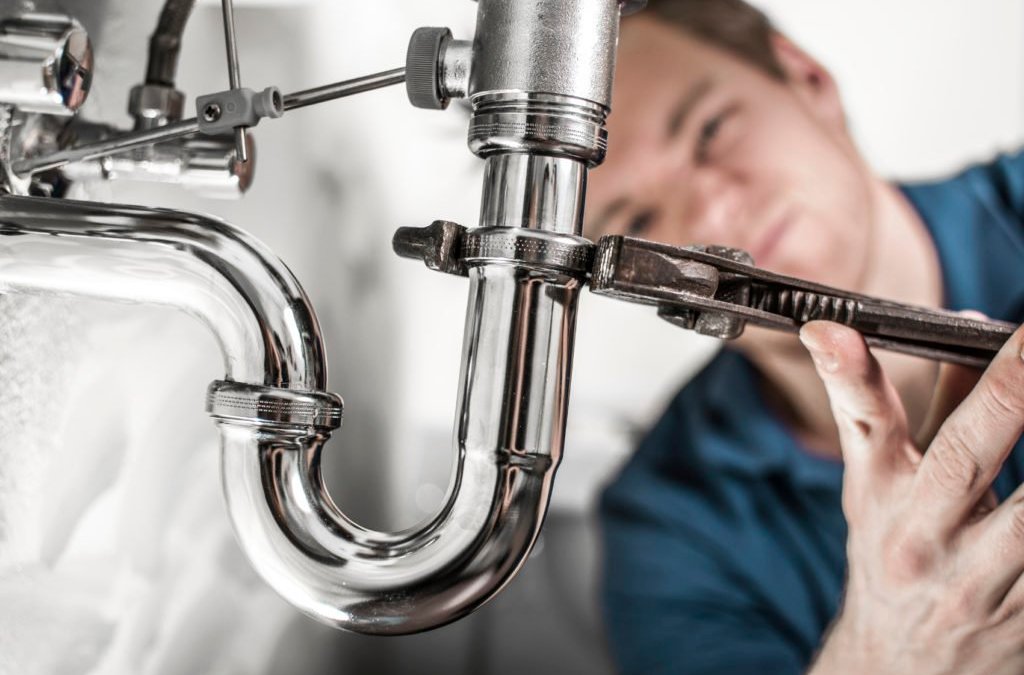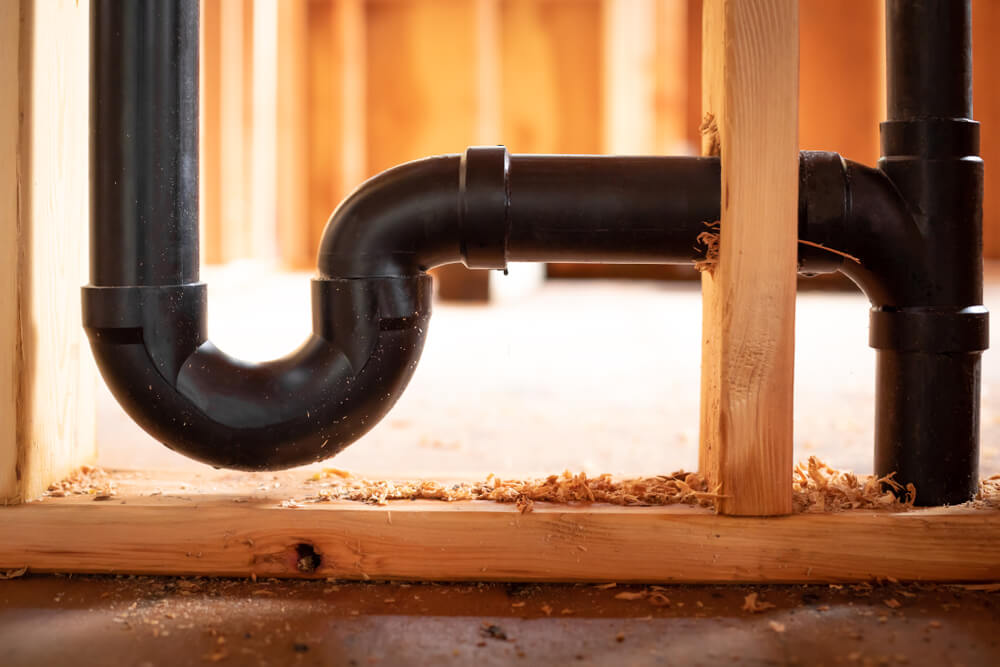Understanding Home Plumbing Basics: A Beginner's Tutorial
Understanding Home Plumbing Basics: A Beginner's Tutorial
Blog Article
How do you actually feel on the subject of Plumbing basics: How your home plumbing works?

Plumbing is an important facet of any home, responsible for providing clean water for drinking, cooking, and showering, as well as eliminating wastewater securely. Understanding the fundamentals of home plumbing is crucial for every house owner to make certain correct maintenance, troubleshooting, and, if needed, fixings. In this beginner's guide, we'll cover the essential principles of home plumbing to aid you become much more familiar with exactly how it functions.
Water Heater
The water furnace is responsible for heating water for domestic use, including bathing, cooking, and cleaning. Typical kinds of hot water heater consist of tank-type hot water heater, tankless (on-demand) hot water heater, and heat pump hot water heater. The hot water heater is connected to the water supply system and delivers hot water to plumbing fixtures as needed.
Drainage System
The drainage system removes wastewater from your home and carries it away to a sewer therapy center or septic tank. It contains a network of pipelines, installations, and components that deliver wastewater from plumbing components to the primary drain line or septic tank. Appropriate water drainage is essential to protect against obstructions, back-ups, and sewage leaks.
Air flow System
The ventilation system aids keep appropriate air pressure and avoid sewer gases from entering your home. Vent pipelines, likewise referred to as vent heaps, prolong from plumbing fixtures to the roof, permitting sewage system gases to get away safely outdoors. Air flow pipes additionally enable air to enter the water drainage system, assisting in smooth wastewater flow and preventing suction or vacuum cleaner impacts.
Water Supply System
The water system brings tidy water right into your home from a local water source or an exclusive well. It consists of a major water line that links to your home's plumbing system, usually situated underground. A water meter measures the quantity of water consumed, while a shut-off shutoff allows you to manage the flow of water right into your home.
Plumbing Components
Plumbing fixtures are tools that provide water to numerous parts of your home and include sinks, faucets, toilets, showers, tubs, and devices such as dishwashing machines and cleaning makers. Each component is linked to the water system through pipes and installations and may have its shut-off valve for upkeep or emergencies.
Typical Plumbing Devices
Having the right tools handy is essential for carrying out standard plumbing repairs and maintenance jobs. Usual plumbing tools include flexible wrenches, pipe wrenches, pliers, pipe cutters, hacksaws, plungers, augers (or drain serpents), and Teflon tape. Having these tools easily available can help you deal with small plumbing concerns efficiently.
Standard Plumbing Fixings
While some plumbing repair work may call for professional assistance, lots of usual concerns can be addressed with basic DIY methods. Understanding just how to fix a leaky faucet, unclog a drain, replace a bathroom flapper, or repair a leaking showerhead can conserve you money and time on plumbing repair services.
Verdict
Comprehending the essentials of home plumbing is essential for every property owner to preserve a risk-free, practical, and effective plumbing system. By familiarizing yourself with the supply of water system, plumbing fixtures, water drainage system, air flow system, usual plumbing devices, and standard repair services, you can with confidence attend to minor plumbing issues and guarantee your home's plumbing system runs efficiently.
Understanding Basics of Home Plumbing System: A Beginner's Guide
The Main Components of Your Home Plumbing System
The Water Supply System
This system is responsible for transporting fresh water into your home. It usually has a main water line that splits into two branches: one directed towards cold water services and the other connected to a water heater for hot water. The pressure is key here; it ensures water reaches all parts of your house.
The Drainage System
Once water has been used, it becomes wastewater that needs to be removed from your home. This is where the drainage system comes into play. It includes all the pipes that carry wastewater and sewage away from your house to sewage treatment facilities or septic tanks.
The Vent System
The vent system prevents sewer gases from entering your home and helps maintain the pressure balance that allows wastewater to flow out properly. These vents usually exit through the roof of your house.
Water Heating System
For those who enjoy hot showers or using hot water for cleaning, the water heater is a crucial part of the plumbing system. It can be a tankless system, which heats water on demand, or a traditional water tank model.
Common Plumbing Problems and Basic Troubleshooting
Plumbing systems, while designed to be durable, can face issues like clogged drains, leaky faucets, or low water pressure. Here are some basic troubleshooting tips:
Clogged Drains
Use a plunger or a plumber's snake to try and dislodge whatever is blocking the drain. Regular cleaning can prevent clogs.
Leaky Faucets
Often caused by worn-out washers or gaskets, these can usually be replaced by someone with basic DIY skills.
Low Water Pressure
This might be due to sediment build-up in your fixtures or a leak somewhere in your water line. Cleaning out aerators or seeking a professional to detect leaks might be necessary.
Preventive Maintenance Tips
Maintaining your plumbing system is key to avoiding emergencies. Regularly check for leaks, avoid disposing of grease down the sink, and have your system inspected by a professional plumber at least once a year.

I found that piece about when doing a search on the web. Sharing is caring. Helping others is fun. Thank you for going through it.
Schedule Now Report this page